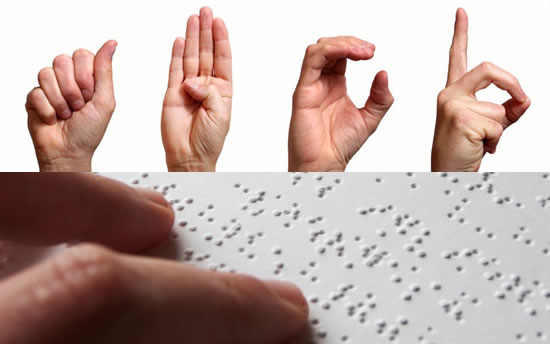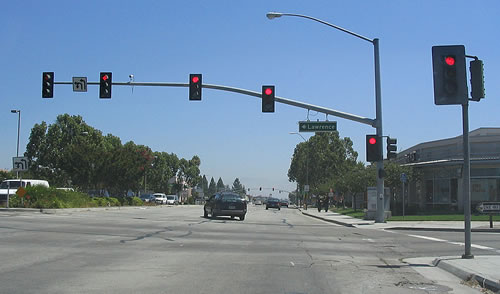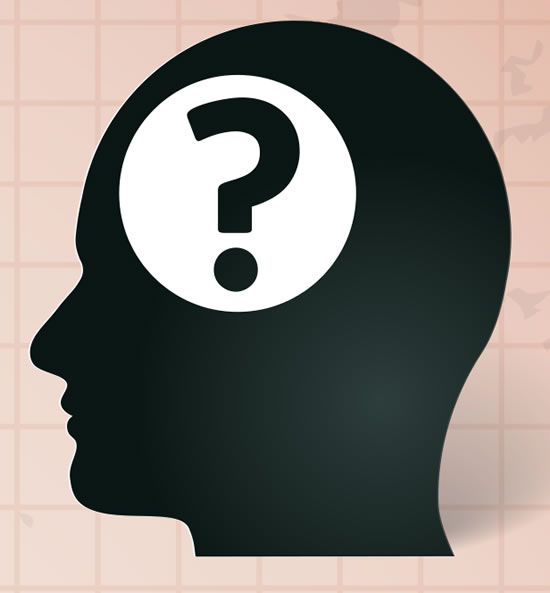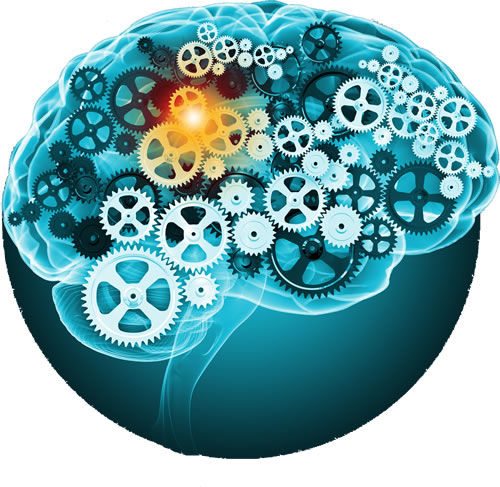Have you ever wondered why sign language makes sense to the deaf and braille is easy for the blind to learn?
Scientists have frequently dismissed the theory that people afflicted with the loss of sight or sound somehow compensate with their other senses, especially when the loss occurs at a young age.
Braille was invented by Frenchman Louis Braille in 1824. A modern sign language was first published in 1620 in Spain by Juan Pablo Bonet. Both began long before brain functions could be scientifically studied.
It turns out that conclusive evidence now supports neuroplasticity as an explanation for the organic development of these methods of communication. Brain imaging has revealed what scientists call cross-modal reassignment. In short, when a brain region doesn’t receive its expected sensory input, it doesn’t sit idle. Other parts of the brain normally dedicated to other senses invade that space. In the case of blind, the somatosensory cortex, which receives tactile input takes advantage of the open neural space. In the case of the deaf, the auditory cortex begins processing visual information instead. Thus, we have blind people with an exceptional sense of touch, who become very proficient with braille. Likewise many deaf people have developed a special ability to process the visual nuances of sign language.
The strongest evidence for cross-modal reassignment is found by studying young people. But, we now know that neuroplasticity doesn’t stop in adulthood. It continues. Instead of relying on the natural growth of the developing brains, adults must rely on mindfulness and directed mental force to do the rewiring.









